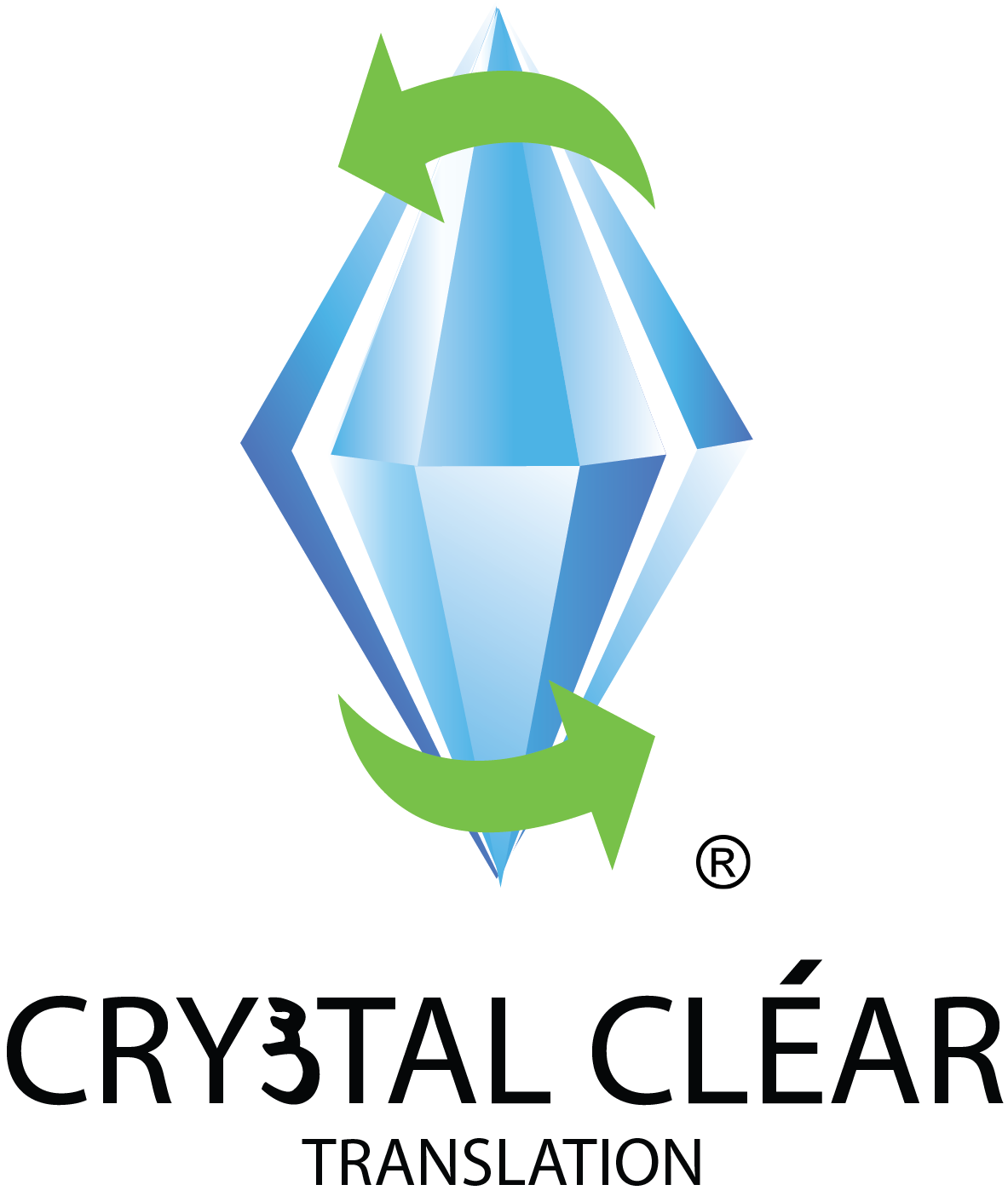The Arabic language, one of the official languages of Chad, was first introduced to the country in the 14th century and became a lingua franca (language used as a means of communication between populations speaking vernaculars that are not mutually intelligible) and was used as a trade language. Chadian Arabic is a dialect that derives from Arabic (an Afro-Asiatic language) and originated from an Arabic-speaking nomadic people known as the Baggara (Arabic for “cattlemen”) that settled in the Lake Chad region. The Baggara people spoke a colloquial form of Arabic known as Shuwa Arabic. This dialect developed over time into Chadian Arabic, which is spoken today by 1.6 million people, located mainly in the southern region of Chad, in cities such as the capital city N’Djamena, Abéché, Am Timan and Mao.
Basic Features of the Chadian Arabic language
The basic vowel and consonant sounds in Chadian Arabic share some similarities with the English language. For example, the vowels used in Chadian Arabic are ‘a,e,i,o,u’. However, Chadian Arabic also uses some consonants that have no equivalent in the English language. These consonants can be written using the phonetic symbols of x and f. The ‘x’ consonant is similar in sound to the ‘ch’ sound that can be found in the German language in words like ‘auch’ or ‘reich’. This kind of sound is known as a fricative. In Chadian Arabic, the consonant can be found in the words for brain, “mukhkh” (مخ), and fear “yakhhaf” (يخاف), specifically in the “-kh” part of the words. The ‘r’ consonant sounds like the Spanish r (sounds like a rolling r, known as an alveolar trill), which is used in words like “risa” (laughter). Alternatively, in Chadian Arabic, this consonant can be found in the word for man, “rajul” (رجل) or the word for lord “raba” (رب).
The consonants ‘x’ and ‘r’ are known in the Chadian Arabic language, and the Arabic language in general, as sun and moon consonants. The “sun” consonants are central consonants; the sound that forms these consonants are produced with the tongue near the teeth. Words in Chadian Arabic that feature sun consonants are the word for bird “teeraay”, and the word for a tree, “chadaraay”. The “moon” consonants are referred to as peripheral consonants because they are articulated near the lips or the back of the mouth. Some words in Chadian Arabic that freature moon consonants are the word for leather “farwa”, the word for dog, “kalib”, and the word for donkey, “humaar”.
Another important basic feature of the Chadian Arabic language are personal pronouns:
I (singular) – “ana”
You (fem. singular) – “inti”
You (masc. singular)– “inta”
He (singular) – “hu”
She (singular) – “hi”
We- “ani-na”
You (plural) – “intu”
They (feminine) “hinna”
They (masculine) “human”
He/They (singular) – “nisu”, (plural) “nisan”
Possessive suffixes in Chadian Arabic are added to the end of the noun to signify possession of an object (as opposed to in English, “my car, your phone”). Here is a list of the possessive suffixes in Chadian Arabic:
My – “-i”
Your (masc. singular) – “-ak”
Your (fem. singular) – “-ki”
His – “-a”
Hers – “-ha”
Our – “-na”
Yours (plural) – “-kum”
Their (masc. plural) – “-hum”
Their (fem. plural) – “-hinna”
Chadian Arabic features only masculine and feminine genders, with no neutral form of the language. Inanimate nouns in the Chadian Arabic language are therefore masculine by default, and there is no specific ending to signify whether a noun is masculine or not. The feminine masculine division is also applied to adjectives when they are used to describe a woman, in which case an adjective in the feminine form is used. To give an example, the word generous, or “karim” (كريم) becomes “karima” when used to describe a woman. The suffix utilised to distinguish the feminine singular word is “-a” or “-e”, but when the adjective ends in a vowel, like the word for nice, “seme”, the suffix “-ha” is used.
Another essential aspect of the Chadian Arabic language is the formation of the past tense. Words in the Chadian Arabic language are formed from a root word, mainly made up of three consonants (C-C-C). The consonants are used to highlight the general meaning of the word and the vowels are used to indicate the tense, and whether a word is plural or singular. The root f-h-m, or “fihim” is used to indicate the word “understand”, and in the past tense becomes “fahm”, and so when used in a sentence would become “hu fahm” (“he understood”).
In Conclusion
While the Chadian Arabic language features some similarities to the Arabic language, it also has several distinct differences in its vocabulary and formation of words in different tenses, as well as its own colloquial terms having originated as a separate form of the Arabic language. Thus, if one was to seek translation or interpretation in the Chadian Arabic language, it would be necessary for the interpreter or translator to know Chadian Arabic language specifically, not just Arabic. If you require translation or interpreting services in the Chadian Arabic language, or any other language, you can get a quote here from Crystal Clear Translation.


